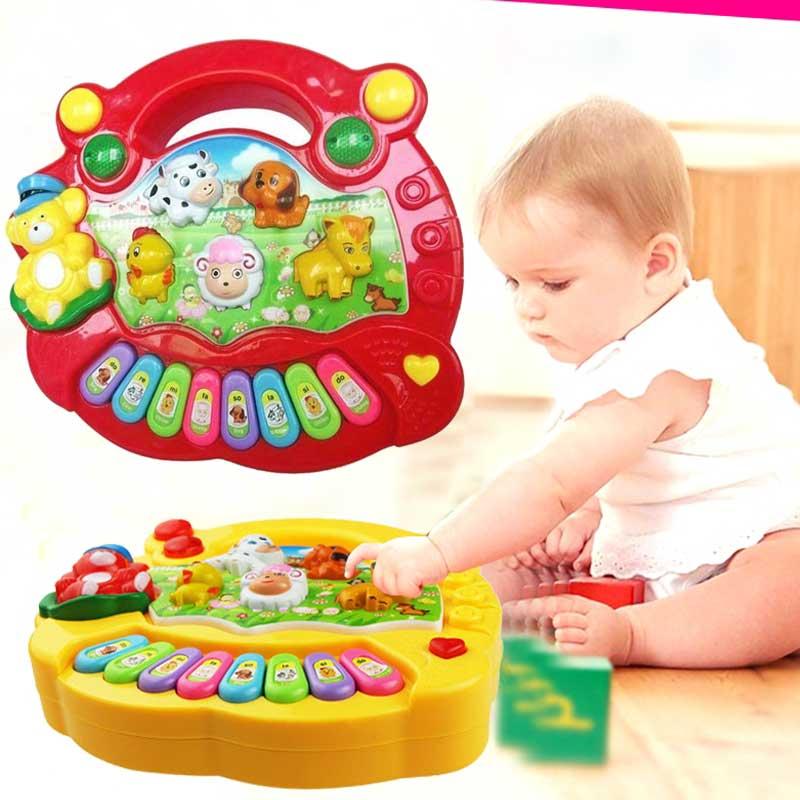The Problem

Children's musical toys often leave much to be desired when it comes to musical education. Children are equipped with skills and are expected to learn the tonal intricacies of language but sadly this capacity is not reflected in the instruments we present to them. For most children's toys, the range of the instrument is extremely limited and confined to a C major scale. Studies have shown that when children are exposed to complex music and have the ability to explore the wide variety of tones used in music across the globe, they exhibit a much greater musical understanding, even developing skills such as perfect and relative pitch.
The Solution
For my project, I want to design a lightweight, child-safe/proof musical instrument that will not only allow children to further develop their understanding of the western music they've heard their entire lives, but to also explore musical tones from across the world.
My design so far involves a large flexible touch-sensitive pad that at the push of a button will divide into a certain number of intervals. For instance, for western music it might divide into 12 sections representing each note that appears in that type of music. For other types of music, these sections may increase to 14 or 16, representing cultures that have incorporated quarter or eighth tones. My design needs to accommodate for a toddler's lack of dexterity by making the pad large enough that they can properly distinguish the different sections. On top of this, I feel it might be a good idea to program some simple international children's songs by making the pad light up in a way that shows the child where to interact with the pad to play the song themselves.
When we expand a child's musical horizons, we equip them with the tools to better create and express themselves. The video below describes some of the diversity found in music that western children often grow up without ever hearing.